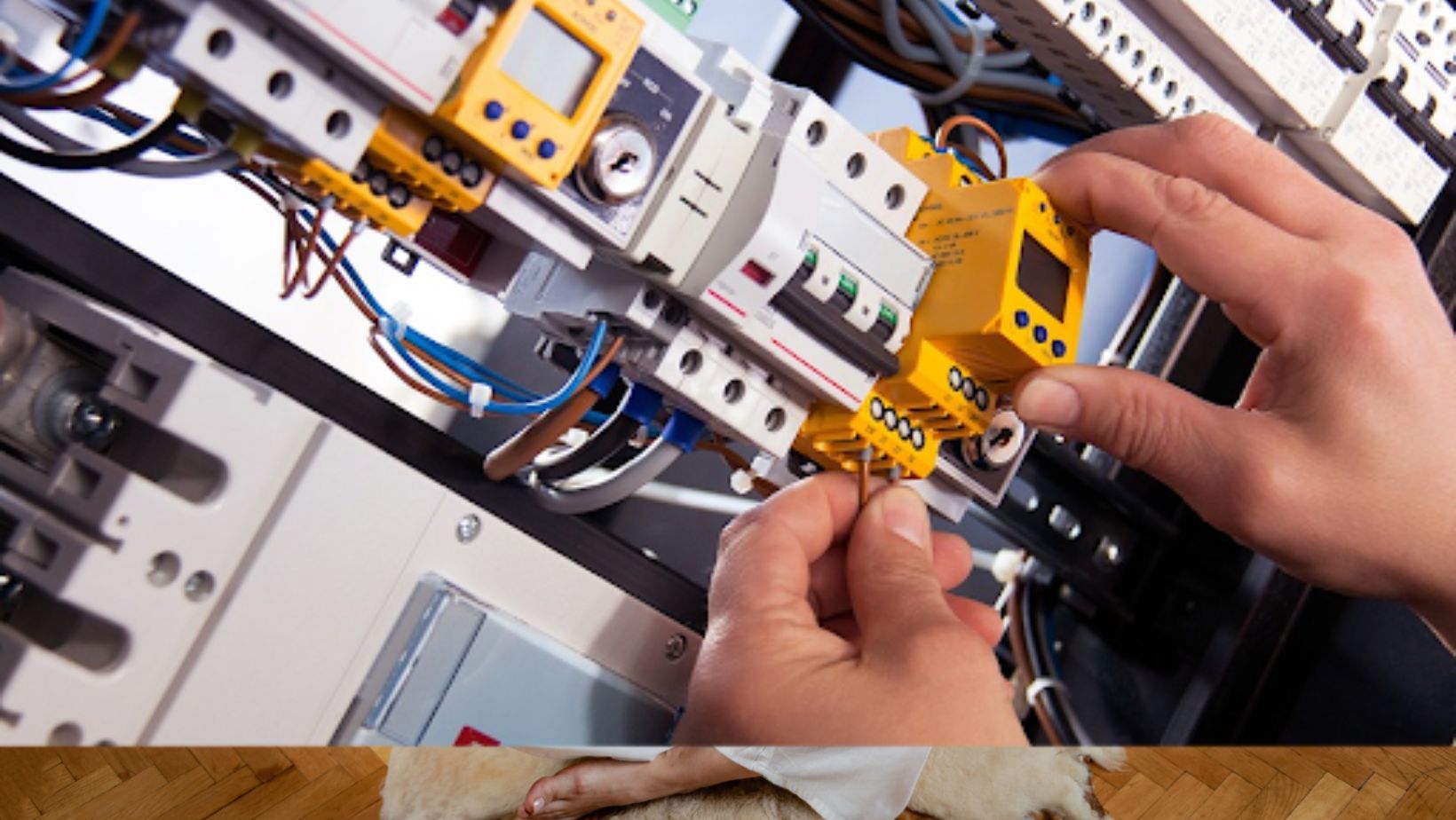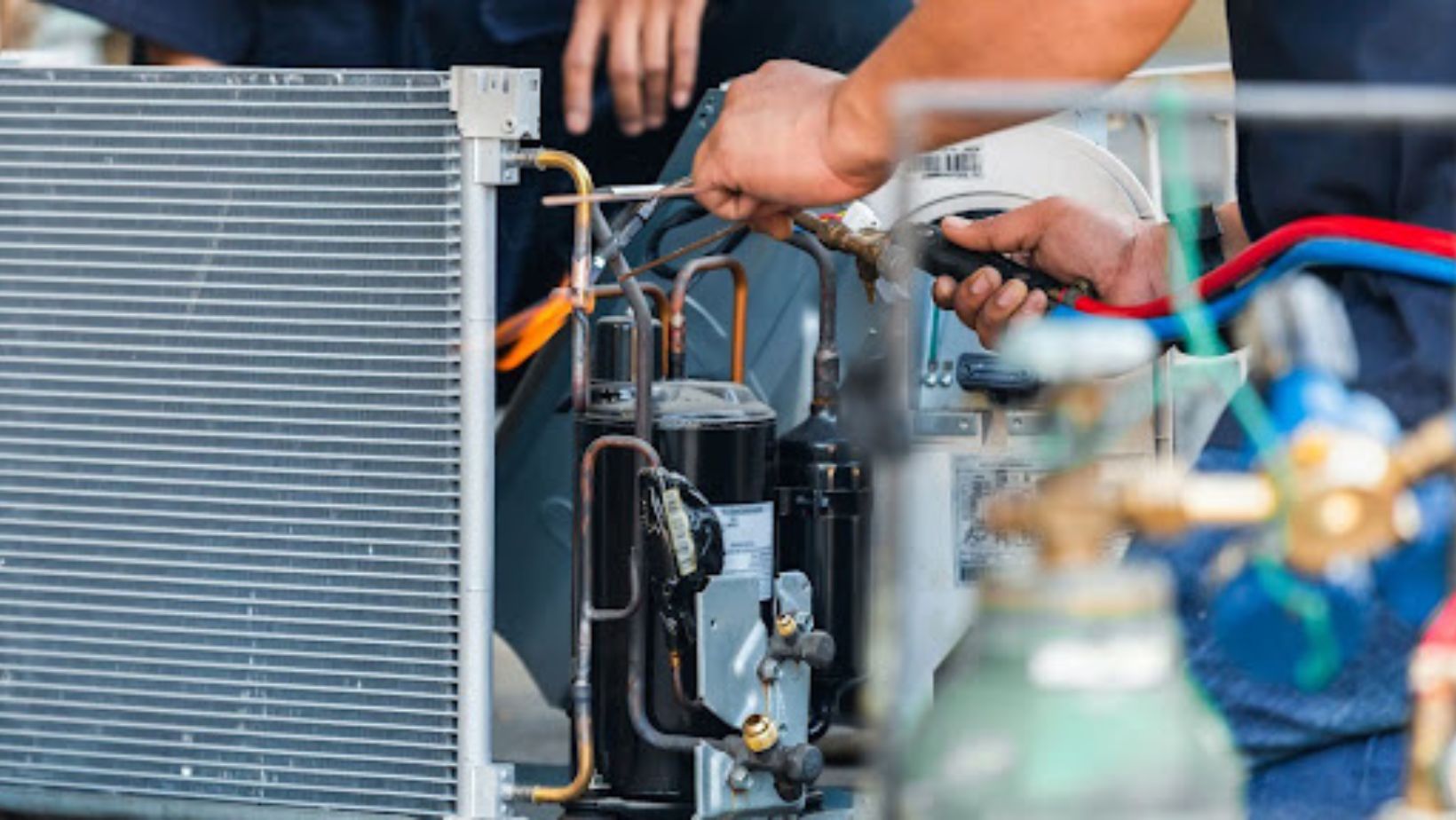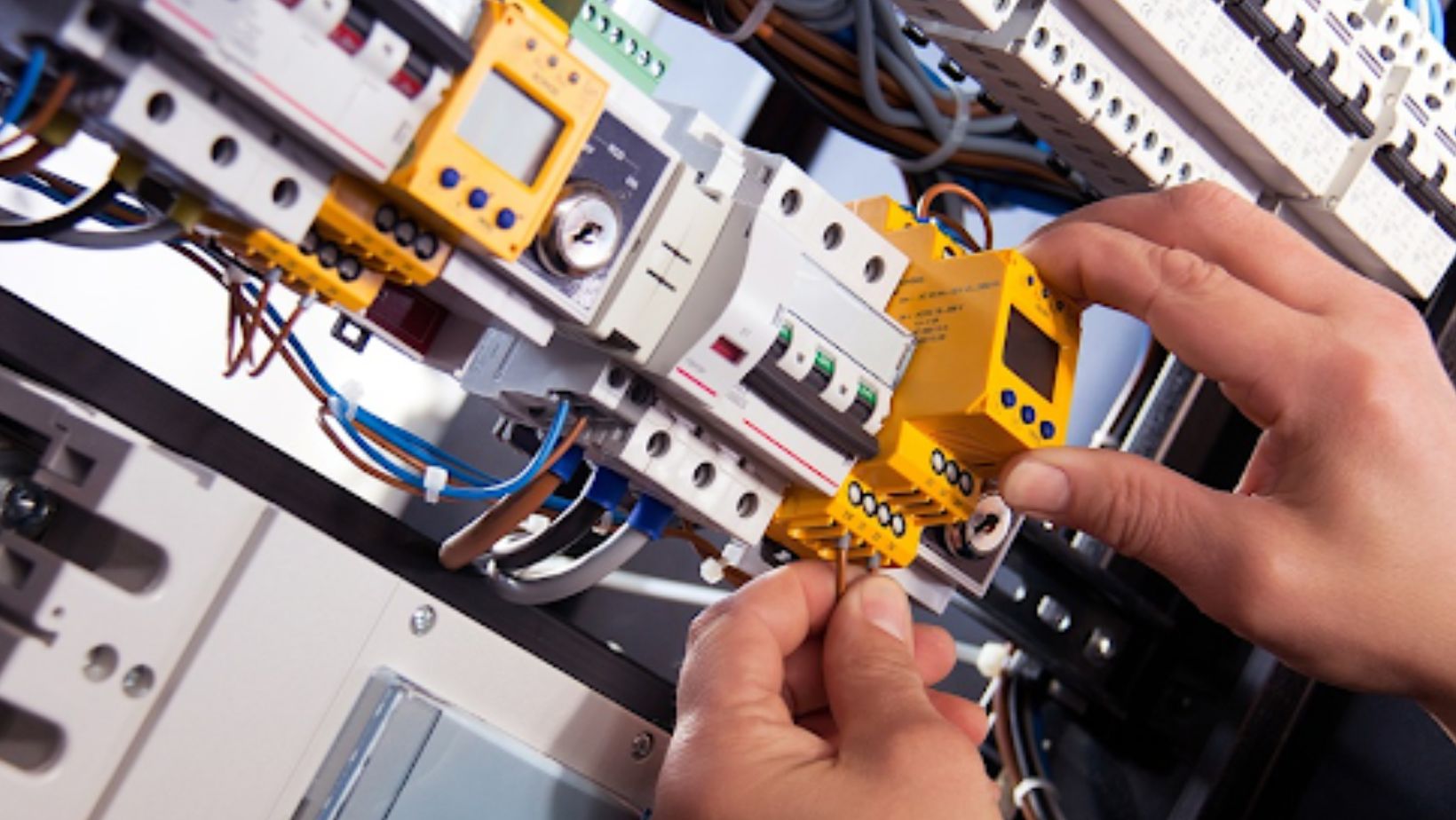
While every electrical system may be subject to wear and tear over time, some maintenance steps can help the system function better, improve safety, and prolong its lifespan. Here are the top six ways to maintain the safety and reliability of your electrical system at home.
Schedule Regular Electrical Inspection
Simply because your electrical system works doesn’t mean it is functioning optimally. Before they escalate to electrical hazards, it is crucial to examine what’s happening under the hood to catch minor issues, like damaged electrical outlets or frayed wires. Consider getting an electrical inspection each year or immediately after a bad storm to ensure the system has no damage.
You can use a multimeter to measure current and voltage, test batteries, check switches, and assess circuits. Check for signs of wear and tear, like burned electrical outlets and loose wiring, and call Sherwin Electrical experts to repair or replace them accordingly.
Install a Whole-House Surge Protector
Power surges can be an inconvenience and put your entire family in danger. Two major causes are using multiple high-energy appliances for extended periods at once and lightning or other acts of nature.

A power surge not only leaves you in the dark but also shortens the life of appliances and can even lead to fire. Installing a whole-house surge protector can help protect your home appliances and smart home devices and lower wasted energy, regardless of the weather.
Switch to Energy-efficient Fixtures and Appliances
Energy-saving fixtures and appliances lower your home’s energy consumption and utility bills and enhance the efficiency of your electrical system. To save energy on lighting, replace incandescent bulbs with LED bulbs. LED lighting consumes up to 80% less power and lasts 25 times longer than traditional incandescent bulbs. You can also embrace smart home technology like smart thermostats and sensor lights for even greater savings.
GFCI-protect Your Breakers
One of the best ways to boost electrical safety in your home is to use Ground Fault Circuit Interrupters (GFCIs). This safety mechanism often comes in handy if the circuit has an issue, typically when there is an imbalance between the current moving out or inside the electrical panel.

Once the GFCI mechanism is triggered, the circuit or outlet cannot function until you resolve the issue. You can use GFCI outlets in any part of your home with high moisture and wetness levels, like the bathroom, kitchen, or basement.
Childproof Power Outlets
While your electrical system might function optimally, it can still pose a danger to your children and pets. Add tamper-resistant receptacles (TRRs) on all your electrical outlets to avoid risks. TRRs effectively hinder children from inserting body parts like fingers or sticking objects into unused or open sockets. They feature built-in safety shutters that block items your children might be trying to insert into the receptacle. If you have pets like puppies, bunnies, and hamsters, consider covering your cords and wires with flex tubing or plastic sleeves. It will help shield your fur babies from an electric shock.
Maintaining a safe and reliable electrical system in your home can help prevent electrical failure and fires, preserve your electronic appliances, and conserve energy. It all starts with simple routine habits like switching off appliances when on standby or not in use and regularly inspecting your electrical system to ensure it works well. Talk to your electrician immediately if you notice something unusual to avoid hazards.






